On the sixth of January, three wise men from the East – three kings – come to Bethlehem.
At the same time, it is the feast of the Epiphany.
Do you know what traditions are associated with this day, apart from taking down the tree?
“Three Kings Day” is also known as the celebration of Epiphany. This special day is celebrated across Latin America and Europe with diverse traditions and festivities that have deep roots in history and culture.
In our guide, we will explore the origins of this vibrant celebration and shed light on its historical roots and global significance.
Join us as we delve into the distinctive traditions and lively festivities that characterize Three Kings Day in different parts of the world.
The Origins and Significance of Three Kings Day
Three Kings Day is celebrated on January 6th. It is the day when we take down the Christmas tree and pack away all the holiday decorations for next year.
The holiday season is coming to an end. To mark the occasion, we add the three wise men figures to the Bethlehem scene. These men traveled from a faraway land to pay homage to baby Jesus and presented him with symbolic gifts. Before we delve into their origin story, let’s establish the date of the Three Kings feast.
| Date | Day |
| January 6, 2024 | Friday |
| January 6, 2025 | Saturday |
| January 6, 2026 | Monday |
| January 6, 2027 | Tuesday |
| January 6, 2028 | Thursday |
Three Wise Men – Bible Story
The Bible story of the Three Wise Men, also known as the biblical Magi or the Three Kings, is told in the gospel of Matthew. It tells the story of a group of scholarly foreigners who traveled to visit Jesus after his birth, bringing with them gifts of gold, frankincense, and myrrh.
According to the story, after Jesus was born in Bethlehem of Judea, during the time of King Herod, Wise Men from the east came to Jerusalem and asked, “Where is the one who has been born king of the Jews? We saw his star in the east and have come to worship him.” King Herod was troubled when he learned of this, and all of Jerusalem with him. He called together all the leading clerics and scholars of the law and questioned them about where Christ was to be born. They answered, “In Bethlehem in Judea, for this is what the prophet has written: ‘But you, Bethlehem, in the land of Judah, are by no means least among the rulers of Judah; for out of you will come a ruler who will be the shepherd of my people Israel.'”
Herod then summoned the Wise Men secretly and found out from them the precise time the star had emerged. He sent them to Bethlehem, saying, “Go and make a careful search for the child. As soon as you find him, report to me so that I too may go and worship him.” The Wise Men followed the star until it stopped over the area where the child lay. Upon arriving at the house, they saw the child with his mother, Mary, and they kneeled down and worshiped him.
They then presented him with gifts of gold, incense, and myrrh. In a dream, the Wise Men were warned not to return to Herod, as he planned to kill Jesus to preserve his authority. So they returned to their home by an alternative route. This story is a celebration of the birth of Christ and his significance to the world.
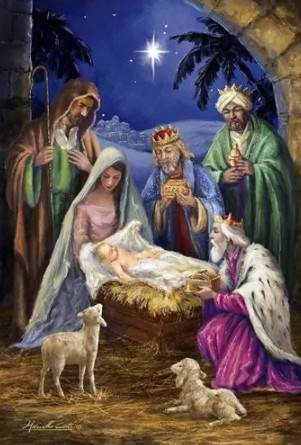
Names & Characteristics of the Three Wise Men
- Gaspar (or Caspar) wears a green cloak and a gold crown with green jewels. He is the King of Sheba. Gaspar represents the Frankincense brought to Jesus.
- Melchior has long white hair and a white beard and wears a gold cloak. He is the King of Arabia. Melchior represents the Gold brought to Jesus.
- Balthazar has a black beard and wears a purple cloak. He is the King of Tarse and Egypt. Balthazar represents the gift of Myrrh that was brought to Jesus.
Did a comet bring the three kings?
In folk tradition, a comet is placed over nativity scenes, which symbolizes the star that brought the three kings from the East to the baby Jesus. In fact, it was not a comet, but a rare constellation of the planets Jupiter and Saturn.
Meaning of the Gifts for Jesus
When the Wise Men discovered Jesus and Mary, they would have been residing in a modest house in Bethlehem because, by this time, Jesus would have been aged between one and two. Their gifts seem somewhat unusual to give to a baby. However, Christians consider that they had the following purposes and meanings:
- Gold: is affiliated with Kings, and Christians believe that Jesus is the King of Kings.
- Frankincense: is used in liturgical worship in traditional Churches and represents that people would worship and praise Jesus.
- Myrrh: is a fragrance that is embedded on dead bodies to make them smell pleasant and represents that Jesus would endure persecution resulting in his death.
Do you know what myrrh is?
It is a fragrant resin from the balsam myrrh tree, which is a shrub that grows in East Africa. It was a means of purification and the ancient Egyptians used it for embalming the dead.
Feast of the Epiphany
The original early Christian holiday, which overlaps with the Feast of the Three Kings, is the Feast of the Epiphany. It commemorates the baptism of Jesus Christ in the Jordan River, when his divinity was revealed. The Holy Spirit descended to him in the form of a dove, and God identified Jesus as his Son, in whom he was well pleased. Through baptism, Jesus showed solidarity with sinful people and gave water the ability to forgive sins. This holiday is called Epiphany and was probably celebrated in Alexandria as early as the 3rd century. So it is the feast of the baptism of Jesus and it also falls on January 6.
Discover similar tips
Three Kings Traditions
How to Celebrate Three Kings Day
The holiday is observed with parades, feasts, and parties as people honor the moment the three kings arrived at the birthplace of baby Jesus. If you would like to celebrate this year, here are a few traditions to consider.
Set Out Snacks
In many countries, children celebrate the kings’ long journey to Bethlehem by setting out snacks for the passing camels and kings. It is a tradition not unlike leaving cookies for Santa—but instead of leaving cookies and reindeer feed, families prepare sweets for the kings and grass and water for the camels in exchange for gifts.
Gather With Family
For many families, Three Kings Day is as big of a celebration as Christmas Day. It’s customary to gather with friends and family to celebrate, often by opening gifts, playing music, and sharing a large meal together.
Give Gifts
Typically, children give and receive gifts on Three Kings Day. In some parts of the world (primarily in Spain), children also leave their shoes by the door so the three kings will come in the night and fill their shoes with small gifts—just like on Saint Nicholas Day!
Make Sweet Bread
In some countries—Mexico in particular—it’s customary to make “rosca del rey”, a sweet bread that represents the kings’ crowns. This traditional brioche-like loaf is often decorated with sugar paste and candied fruit and shaped into a ring.
The Three King Cake, also known as the French Cake, is a tradition that has survived to this day, especially in France. Although it has become simpler compared to the original customs, the principle remains the same.
A porcelain figure is often baked into the cake, and whoever finds it in their piece becomes king. In some places, the king has to pay for the drink for the entire company, while in others, he is decorated with a crown. Whenever he raises a glass to drink, others must follow him. If someone does not drink, they are marked as the clown.
In France, the pie is distributed throughout January, and the king who finds the piece is next in line to invite everyone for another pie. The second method of drawing the king was done without a cake. Cards were used for this, which were drawn and contained other roles from the royal court, in addition to the king. Today, these cards and porcelain figurines are valuable collector’s items. This custom is still followed in France, though often with modified rules as needed.
The game of kings has become so popular that it is not only played in families but also in public places. It is especially popular in schools and children’s homes.
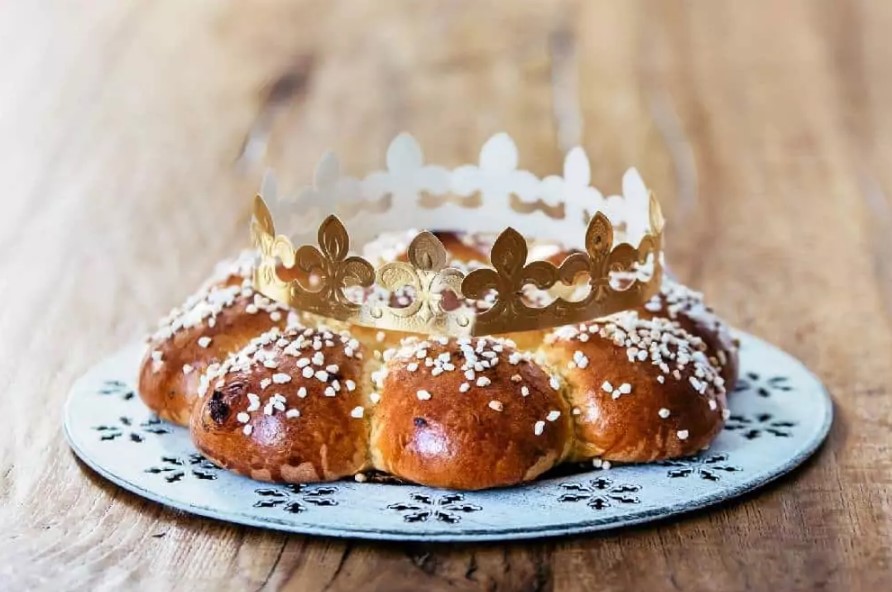
Cleansing rituals and jumping into the water for the cross
Purification rituals are associated with the symbolism of Jesus’ baptism in the Jordan River, i.e. it is not related to the coming of the three kings but it is related to the feast of the Epiphany.
All rituals are related to cleaning the household and the body and are related to the cleansing power of water.
In Greece, it is still customary to jump into the water for the cross. Whoever fishes it out from the bottom of the icy water gains the status of brave and has the honor of carrying the cross at the head of the procession around the city. But don’t try it (unless you’re one of the hardy ones) so you don’t lie at home with pneumonia until February.

Three Kings carol
“We Three Kings”, original title “Three Kings of Orient”, also known as “We Three Kings of Orient Are” or “The Quest of the Magi”, is a Christmas carol that was written by John Henry Hopkins Jr. in 1857.
Epiphany in the world
In the end, we have some interesting things for you about how the Feast of the Three Kings is celebrated around the world. Some folk traditions are still alive in many countries, but many of them have not survived to the present day (for example, cleansing in ice water).
Children’s Gift Day
In Spain, Italy and some places in Switzerland, the sixth of January is the day of gift-giving. Gifts are given to the children after the example of the three kings who came to present gifts to Jesus.
Diving on Epiphany
The Feast of the Epiphany (Apparition of the Lord) takes place at the same time as the Feast of the Three Kings. Where he is honored, a ceremonial throwing of the cross into the water is held. Men and bachelors jump into the water for him. Whoever manages to catch him, as we mentioned above, will become a hero. This custom is still alive in Greece, Russia, and in coastal areas, where people also carried religious statues and icons to the sea to symbolically wash them in the water.
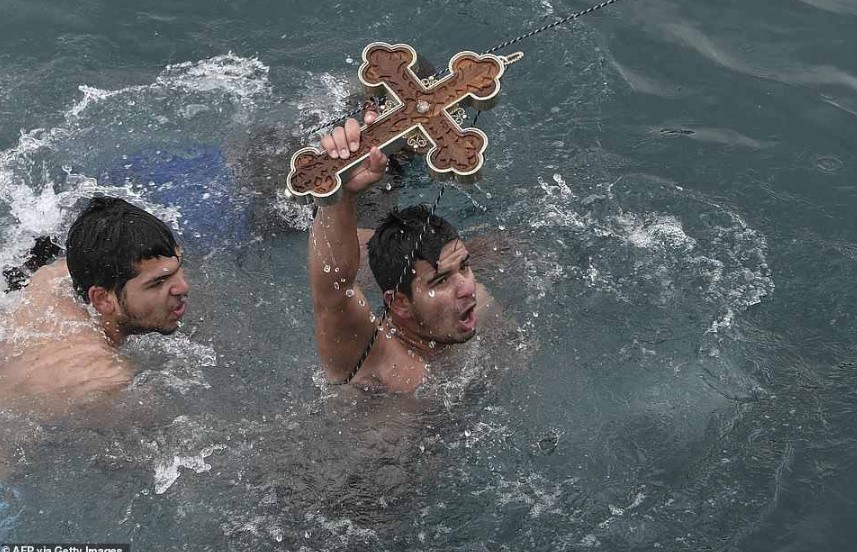
Cleaning in ice water
Washing in the water is very similar to diving for the cross but in a much more moderate style. First, a hole is cut in the ice, after which people come to ritually wash themselves. It was even believed that if the sick bathed in the ice water, it would expel the disease from their body. The ice water was supposed to help the mentally ill anyway. This custom is still practiced in some places in the Slavic East.
A clergyman’s round
Another lesser-known tradition is the visit of a clergyman from the local church. He walks around the village and goes around the houses to bless them. Folk superstitions are also connected to these visits, such as this one: When a girl hides a ring under the threshold and the priest walks over it, the girl is supposed to put it under her pillow at night, and he will reveal to her in her dreams at night which man is destined for her. The cleric’s tours are still held in Greece, Bulgaria, or Serbia.

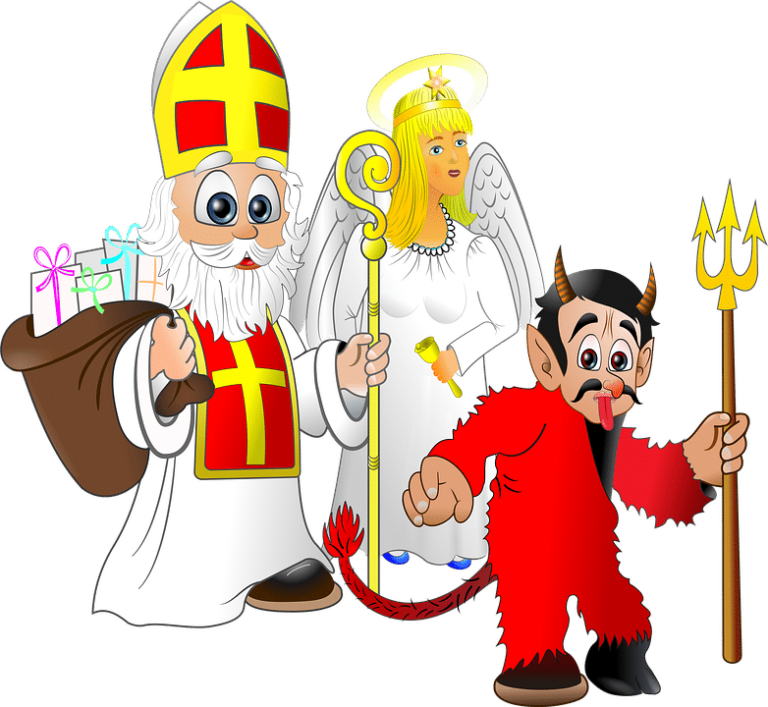
 Milan & Ondra
Milan & Ondra
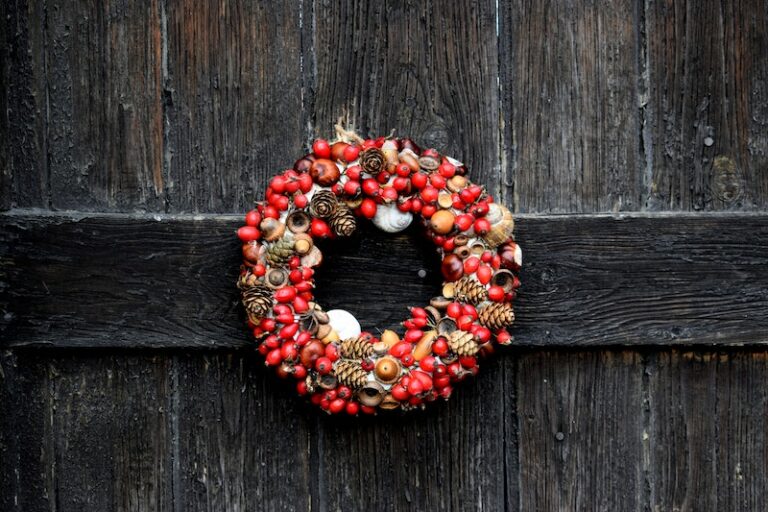
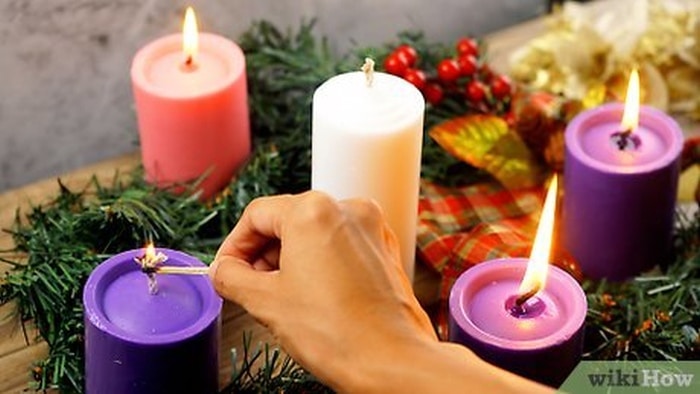
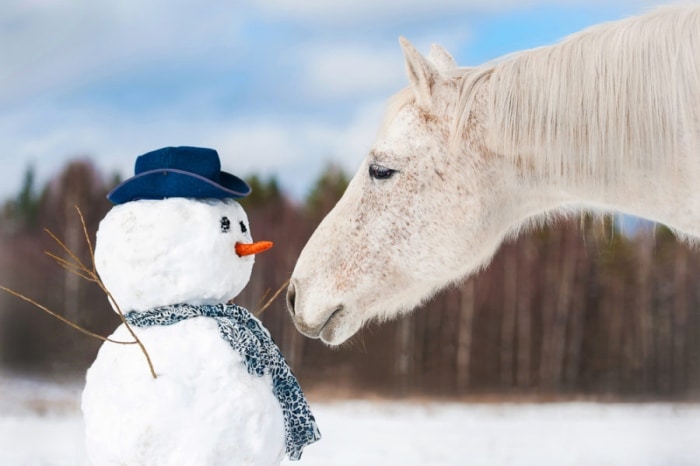
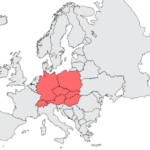 Central Europe
Central Europe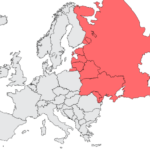 Eastern Europe
Eastern Europe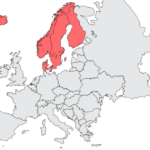 Northern Europe
Northern Europe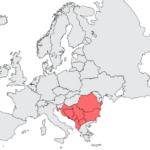 Southeast Europe
Southeast Europe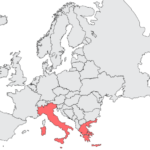 Southern Europe
Southern Europe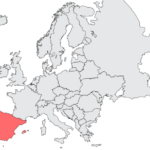 Southwestern Europe
Southwestern Europe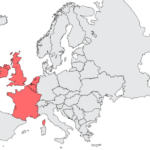 Western Europe
Western Europe